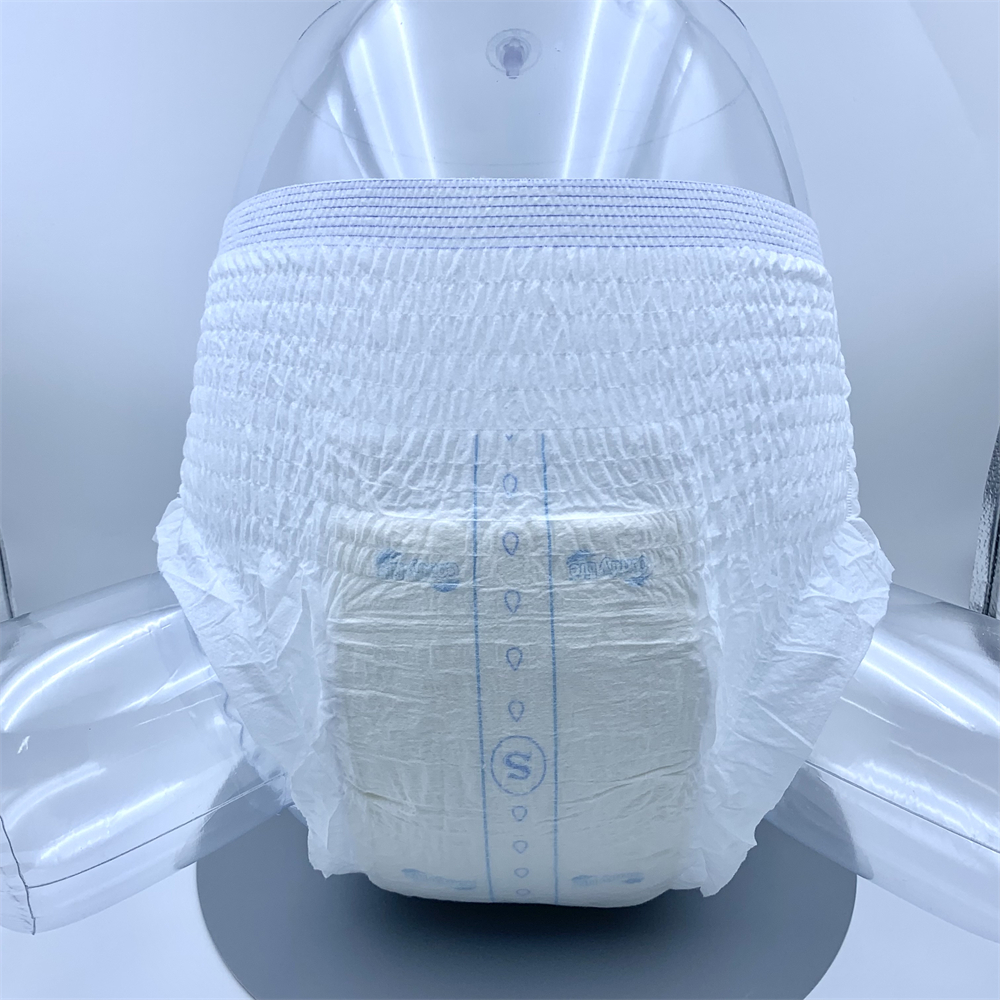Determining if your child is ready to transition from diapers to pull-up diapers involves observing their behavior and assessing their readiness for potty training.
While every child is different, here are some signs that may indicate your child is ready for the transition:
Age and Development: Most children show signs of readiness for potty training between the ages of 2 and 3, but this can vary. Look for signs that your child is becoming more aware of their bodily functions, such as showing interest when others use the toilet or indicating discomfort when their diaper is soiled.
Longer Periods of Dryness: If your child’s diaper stays dry for longer periods, it may indicate that they have developed some bladder control. This suggests that they may be ready to start using pull-up diapers, as they can pull them up and down on their own when they need to use the toilet.
Communication Skills: Your child should have the ability to communicate their needs or express when they need to use the bathroom. They may start using words or gestures to indicate that they need to go or show discomfort when they have soiled their diaper.
Showing Interest: If your child shows an interest in using the toilet or imitates others’ behaviors related to potty training, it can be a positive sign of readiness. They may ask questions about the toilet, want to accompany you or older siblings to the bathroom, or exhibit curiosity about the process.
Increased Independence: Look for signs that your child is becoming more independent in dressing and undressing themselves. Pull-up diapers are designed to be pulled up and down like underwear, so if your child is showing the ability and interest to handle their clothing, it may be a good time to try pull-up diapers.
Regular Bowel Movements: If your child has predictable bowel movements or exhibits a pattern in their bowel habits, it can be an indicator that they are ready for potty training. This predictability can make it easier to establish a routine and help them recognize the need to use the toilet.
Remember that every child develops at their own pace, and readiness for potty training can vary. It’s important to be patient, supportive, and understanding throughout the process. If you’re unsure about your child’s readiness or need guidance, consulting with your pediatrician or seeking advice from potty training resources can be helpful in making an informed decision.
How long does the transition from diapers to pull-up diapers usually take?
The time it takes for a child to transition from diapers to pull-up diapers can vary significantly from child to child. The duration of the transition depends on various factors, including the child’s individual development, readiness, and consistency in potty training efforts.
Here are some factors that can influence the duration of the transition:
Readiness: The readiness of the child plays a significant role in the transition process. If a child shows signs of readiness, cheap pull ups diapers such as an understanding of bodily functions, communication skills, and interest in using the toilet, the transition may be smoother and quicker.
Consistency: Consistency in potty training efforts is crucial. Parents and caregivers need to establish a routine and consistently encourage and remind the child to use the toilet or pull-up diapers at regular intervals. Consistent reinforcement and positive reinforcement for successful attempts can help speed up the transition.
Individual Development: Every child develops at their own pace. Some children may grasp the concept of using pull-up diapers and using the toilet relatively quickly, while others may take more time to adjust. It’s important to be patient and allow the child to progress at their own pace.
Accidents and Setbacks: Accidents and setbacks are common during the transition process. It’s important to expect and be prepared for accidents, as they are a part of the learning process. Stay positive, provide reassurance, and encourage the child to keep trying.
Generally, the transition from diapers to pull-up diapers can take anywhere from a few weeks to several months. Some children may transition relatively quickly, while others may require more time and practice. It’s important to remember that each child is unique, and the key is to be patient, supportive, and consistent throughout the process.
Additionally, it’s worth noting that transitioning from pull-up diapers to regular underwear is another milestone that may follow the transition from diapers to pull-up diapers. This step can also vary in duration, depending on the child’s progress and readiness for independent toileting.
